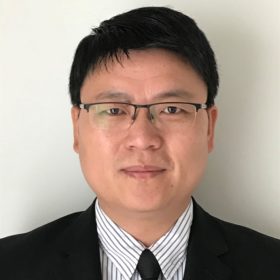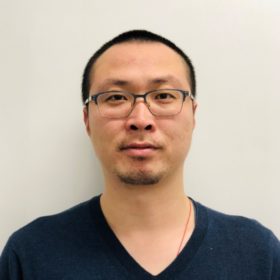The PV module technology landscape has an unavoidable feature in 2020: bigger modules with higher power output. But do bigger modules based on standard cell technologies really deliver? pv magazine Australia is partnering with Risen Energy Australia to examine what innovation looks like from the wafer, right through to the cell and a module – to investigate why 210mm wafers and the next-generation of heterojunction can cut through on cost and performance.
New PV Manufacturing trends of 2020- Rising opportunity for HJT & 210mm
There is a wide array of new PV modules on the market in 2020, but how many of them represent true innovation? And which solar module technologies can deliver in terms of both power output, cost and long-run performance? Module maker and project developer Risen Energy believes that a large wafer format coupled with the next-generation of heterojunction technology can deliver on all fronts – equipping the solar industry for its next stage of development.
Heterojunction (HJT) technology itself is nothing new, but it has been plagued by high costs – meaning that HJT modules were reserved for the premium end of the market. Risen claims that its HJT modules, the Sieger series, overcome this challenge for the first time – and in gigawatt-scale production.
HJT has well-established benefits on a performance basis. The enhanced bifacial performance and superior temperature coefficient delivers increased power output. Both of these characteristics are an ideal fit for the Australian PV market – with high temperatures being a feature on both the roof and in ground mounted applications, and bifacial technology surging into a dominate position at utility scale.
Additionally, HJT is both LID and PID free, meaning that power output can be relied on over the long term – delivering piece of mind and predictable performance over the life of the module.
What this means for installers and developers is that Risen’s HJT technology, based on a large wafer format, delivers a power output advantage of up to 7.8% over conventional p-type PERC: many more kWh per kWp. More power means savings on array materials and components and Risen will demonstrate how a reduction of the LCOE of around 5% can be delivered.
In production, Risen is working to drive HJT production costs down further, and employing enhanced cell cutting techniques. It is also employing advanced failure mode analysis approaches, in what it describes as a “quality upgrade” over conventional production.
The PV industry is set to take the next step in its technological evolution, delivering cost and performance advantages to installers, developers and end-users. Learn about the technology at the forefront of this development.
Be part of the conversation!
Questions can be submitted beforehand or during the Webinar through a chat window. Jonathan Gifford, Editor in Chief at pv magazine, will be the moderator of this webinar. We look forward to your participation!


